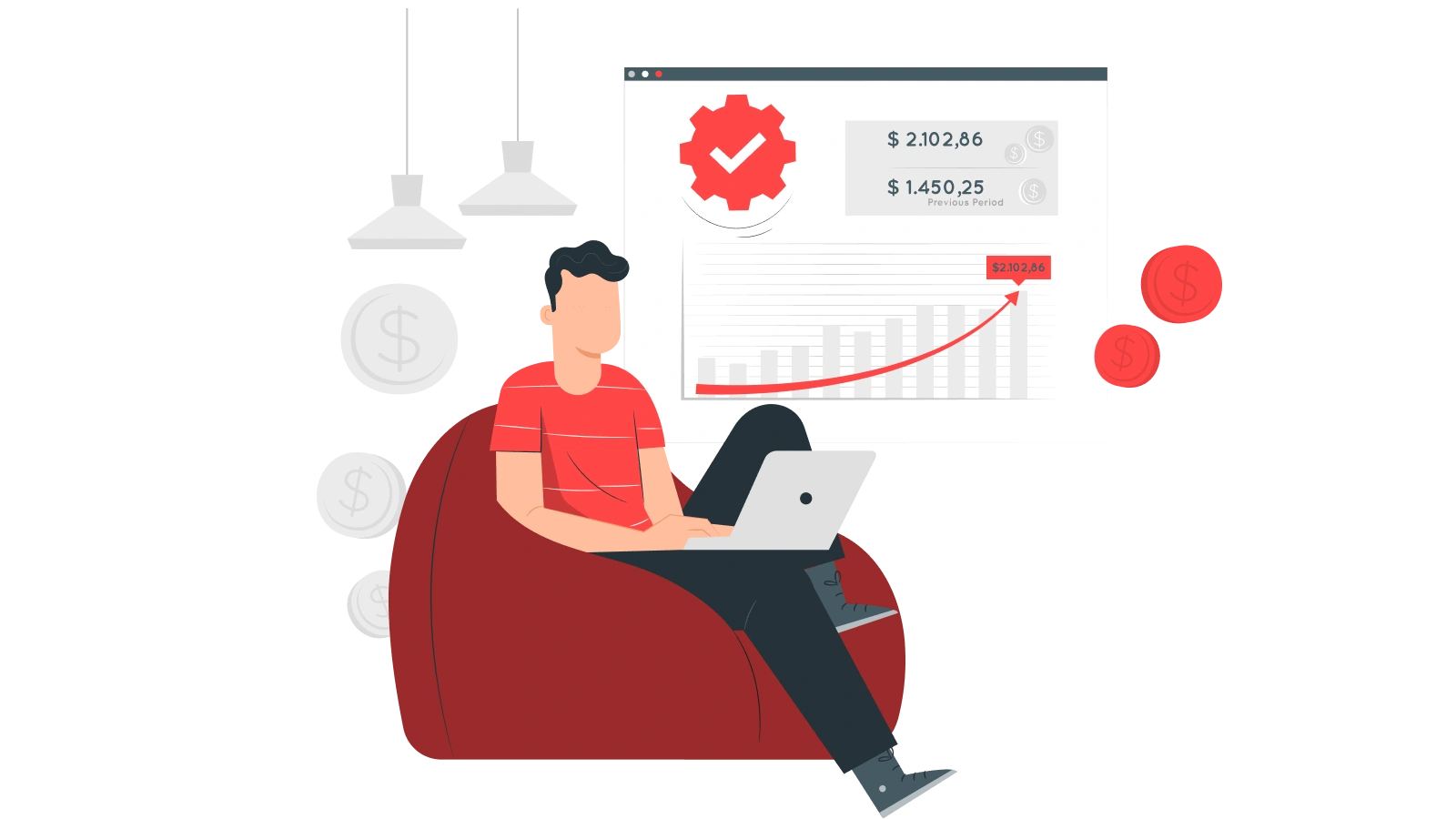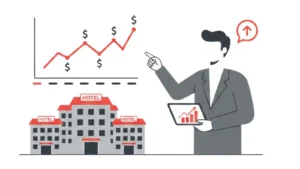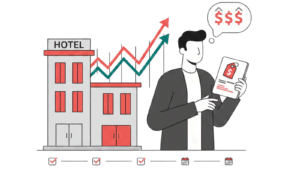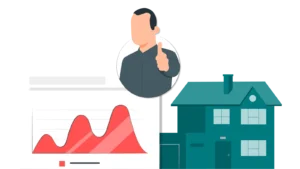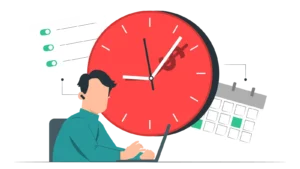Updated : Sep 25, 2025
Independent hoteliers and multi-unit managers continually seek effective strategies to boost their revenue streams. Recently, PriceLabs hosted an insightful session featuring Heather Richer from Richer Logic and Sam Hale from PriceLabs, focusing on empowering independent hoteliers, aparthotel operators, and multi-unit managers with actionable hotel revenue strategies. This session explores effective pricing techniques, distribution optimization, and innovative marketing approaches designed explicitly for lean teams. By implementing these expert strategies, small hotels can enhance their revenue streams and ensure sustainable growth in a competitive market.
The Evolution of Revenue Management for Small Properties
Previously, hotel revenue management was synonymous with manual pricing and tedious spreadsheets. However, advancements in technology have democratized these strategies, enabling small hoteliers to compete on a more level playing field.
Accessibility of Tech Tools for Small Hoteliers
Today, technology is no longer the exclusive domain of large hotel chains. Small properties can leverage advanced revenue management systems that automate pricing decisions based on real-time data.
For instance, tools like RevPAR and ADR calculators allow even the smallest inns to optimize their pricing strategy. These tools factor in market demand, competitor rates, and historical data to suggest optimal pricing, thus maximizing occupancy and revenue without the need for manual intervention.
Shifts from Manual Pricing to Dynamic Pricing Solutions
Gone are the days when hotel managers had to rely on static pricing structures. The adoption of dynamic pricing models has revolutionized how small properties manage their revenue. By analyzing factors such as local events, seasonal trends, and booking patterns, these solutions automatically adjust room rates.
For example, during peak tourist season, a boutique hotel can dynamically increase its rates while offering discounts during off-peak periods to maintain steady bookings.
Changes in Distribution Landscape
The distribution landscape has undergone a significant transformation. Online Travel Agencies (OTAs) like Booking.com and Expedia have become pivotal in reaching global audiences. However, reliance solely on OTAs can cut into profits due to commission fees.
As a result, small hoteliers are increasingly focusing on boosting direct bookings through their websites by offering incentives such as loyalty programs or exclusive discounts.
Moreover, new distribution channels are emerging, including social media platforms and niche travel websites that cater to specific demographics or interests.
For instance, a bed-and-breakfast could attract eco-conscious travelers by promoting its sustainable practices on platforms dedicated to green travel.
Modern Operations & Revenue Management Fundamentals
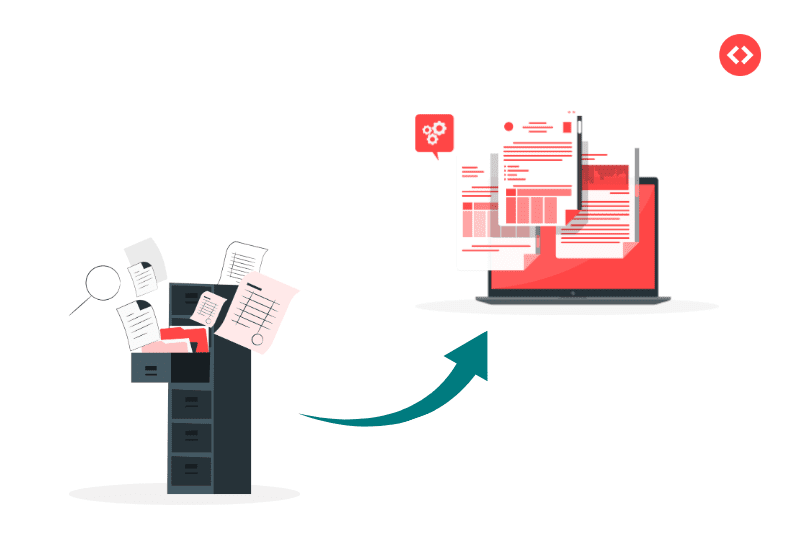
The landscape of hotel management has shifted significantly, allowing even smaller establishments to compete with larger chains by leveraging modern tools and techniques.
Dynamic Pricing Tools
Dynamic pricing tools have become indispensable in the arsenal of hotel revenue management. These tools enable hotel owners and managers to adjust room rates in real-time based on fluctuating demand, competitor pricing, and market trends.
For instance, a boutique hotel might use dynamic pricing software to increase rates during high-demand periods, such as local festivals or events, ensuring it maximizes revenue while maintaining competitive pricing.
The ability to dynamically adapt pricing strategies enhances profitability and ensures a more tailored guest experience by aligning prices with perceived value.
Revenue Management for Small Operators
The democratization of technology has leveled the playing field for small hotel operators. Whereas sophisticated revenue management systems were once exclusive to large chains with deep pockets, today, cloud-based solutions offer affordable and user-friendly platforms that are accessible to smaller properties. These technologies provide powerful analytics and reporting capabilities, allowing hotel managers to make informed decisions that drive revenue growth.
For example, a family-owned inn can utilize these platforms to analyze booking patterns and adjust marketing strategies accordingly, ensuring they attract the right clientele at the right time.
Streamlining Operations with Limited Human Resources
Small hotels often face the challenge of operating with limited human resources. However, modern technology offers solutions that streamline operations without compromising service quality. Implementing automated check-in systems or integrating property management software can significantly reduce the workload on staff, allowing them to focus on enhancing guest experiences rather than administrative tasks.
For instance, a small beachfront resort using an online booking system that seamlessly integrates with their current operations—this not only reduces errors but also improves efficiency by freeing up staff to engage more personally with guests.
Strategies for Revenue Management
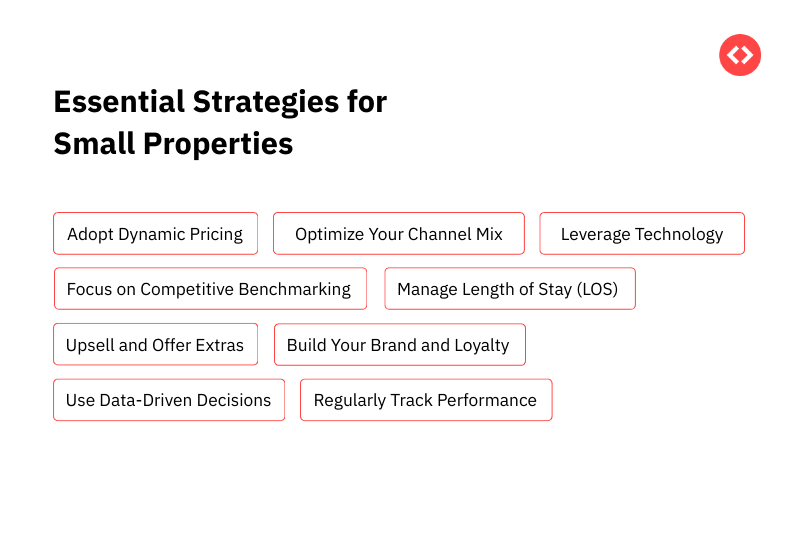
Distribution Strategy & Visibility
Finding the right balance in your distribution strategy is crucial. Being present across multiple channels like OTAs, direct booking sites, and alternative platforms can enhance your hotel’s visibility.
While listing on popular channels like Airbnb, Booking.com, Expedia, and Vrbo can increase your reach, it’s important to weigh the benefits against potential drawbacks such as commission fees and dependency on third-party platforms.
The “billboard effect,” where being listed on major OTAs increases direct bookings due to enhanced visibility, plays a vital role in branding for small properties.
Market Monitoring & Data-Driven Decision Making
Access to market data has become more affordable and attainable than ever before. By leveraging regional and event-based market data, small hotels can fine-tune their rates and marketing plans.
For instance, a local concert or event can lead to a demand spike—an opportunity to adjust pricing strategically and maximize occupancy. Real-world examples show that aligning with local events not only boosts bookings but also enhances guest experiences.
Competitive Benchmarking (Comp Sets)

Selecting appropriate comp sets is essential for understanding your position in the market. Compare your property with direct neighbors, high-end competitors, budget options, and even outlying properties.
A hybrid strategy that combines both hotel and short-term rental comparisons provides a comprehensive view of the competitive landscape. Tailoring comp sets for different segments and distribution channels ensures precise benchmarking.
With PriceLabs, you can select and monitor specific competitor hotels for precise benchmarking.
Length of Stay (LOS) Strategies

Implementing effective LOS strategies can directly influence your hotel revenue management outcomes. Utilize pricing tactics and hard restrictions to manage LOS and adapt these restrictions based on seasonality and occupancy targets.
Flexibility in LOS can offer a competitive edge over short-term rental competitors by catering to varied guest needs while optimizing room availability.
With PriceLabs, automatically adjust minimum stay requirements to maximize occupancy.
Channel Management: Direct Bookings vs. OTAs
Understanding regional differences in channel usage is key; for example, booking behaviors in Europe may differ from those in North America. While direct bookings enhance margins and foster guest loyalty, OTAs provide unmatched visibility.
Maintaining rate parity across platforms while adding value to direct bookings through special offers, partnerships, or exclusive amenities encourages guests to book directly.
Branding & Loyalty Programs
Building a strong brand identity is crucial for multi-property operators seeking to differentiate themselves from larger chains. Engage in cross-property marketing efforts and form community partnerships to enhance brand recognition.
Tailor loyalty strategies specifically for small properties by focusing on personalized guest experiences rather than imitating large chain programs.
Total Revenue Optimization
Focusing on Total Revenue per Available Room/Rental (TRevPAR) offers a holistic view of your property’s performance. Beyond room sales, explore ancillary revenue streams such as F&B services, spa offerings, or local partnerships that complement your guests’ stay.
Strategic offers aimed at boosting direct bookings not only increase revenue but also build lasting relationships with guests.
Transform your hospitality approach today
Discover actionable strategies tailored for small hotel owners and managers creating unforgettable stays for your guests & expanding revenues for your hotel!
Start your 30-day FREE trial now!Pricing Pitfalls & Smart Tactics Beyond Dynamic Pricing
Common mistakes
It’s a common misconception that simply lowering room rates will drive higher occupancy. While it may temporarily attract more bookings, consistently undervaluing your offerings can damage your brand’s perceived value and reputation, ultimately eroding profits.
Instead, focus on maintaining competitive pricing while emphasizing the unique aspects of your property that justify the cost.
Importance of bundling pricing changes with merchandising and promotion
Bundling services and experiences can be a powerful tactic to enhance perceived value without compromising on price.
For instance, a “romantic getaway” package including dinner for two and complimentary late check-out can appeal to couples looking for a memorable escape.
This approach not only boosts occupancy but also elevates guest satisfaction and loyalty.
Use of promotions and distribution for visibility
Strategic promotions are essential in driving both visibility and bookings. Implement targeted marketing campaigns that cater to different segments of your audience.
For example, offer exclusive discounts to repeat guests or create referral programs to encourage word-of-mouth marketing.
Additionally, optimize your distribution channels by partnering with online travel agencies (OTAs) and leveraging social media platforms to reach broader audiences.
PriceLabs offers a thoughtful solution for independent hotels aiming to optimize their pricing strategies. Employing data-driven automation ensures you’re not underpricing your services or missing out on potential revenue. The platform’s easy setup, seamless integration with PMS, and full control over pricing allow you to increase revenue with minimal effort. Hotels that embrace dynamic pricing can experience up to an 18% rise in RevPAR within the first year. With smart automation, prices are adjusted daily based on demand and competitive landscape, ensuring you stay ahead of the market with real-time insights.
Way Forward
In conclusion, by mastering key hotel revenue management principles, embracing technology, and tailoring strategies to fit their unique market, small hotel properties can significantly enhance their revenue potential. Remember, the most effective approach is one tailored specifically to your property’s needs and the expectations of your guests. Start leveraging these insights today to pave the way for future financial success.
Frequently Asked Questions
1. How should a small hotel select its comp set for competitive benchmarking?
Choose a mix of direct neighbors, high-end, budget, and outlying properties—not just those closest or in the same price bracket. Seasonal demand, guest segments, and channel mix are key factors to consider. It is advisable to create separate comp sets for various market segments or distribution channels (e.g., hotels vs. short-term rentals) to ensure benchmarking yields actionable insights for rate and strategy adjustments.
2. What is the best way to use market data to adjust pricing around events or seasonal demand?
Leverage modern tools to analyze market data for spikes in demand owing to local events, holidays, or seasonal changes. Monitoring how far in advance guests are willing to book—sometimes from outlying markets for big events—enables managers to optimize pricing windows. Testing different rates and restrictions, such as special event pricing, can further maximize revenue. Real-time market dashboards simplify tracking trends beyond immediate competitors.
3. How can LOS (Length of Stay) strategies be dynamically optimized based on season, guest profiles, and competitor behavior?
LOS restrictions should evolve dynamically for high and low seasons: use shorter minimum stays during peak periods to capture higher turnover and rates, and longer minimum stays with discounts in low or shoulder seasons to increase occupancy. Tracking local comp sets and typical booking windows helps determine when to apply hard vs. flexible LOS rules; adapting LOS also provides an edge over competing short-term rentals that may have stricter minimums.


